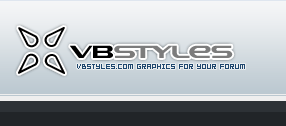If you've been using butt welds thus far, don't stop now. That's the correct method to use. Regardless of the dis-information you can find online regarding using flanges, especially manufacturers selling the flanging tools claiming what an advantage they are for installing panels and the fact that replacement panels come with them, flanges are not a good solution for a sheet metal weld repair.
Sure, flanges can be a crutch for someone who is just learning to weld, but you are adding rust issues/moisture trap, and more importantly the single panel thickness on one side of the weld expands faster in sunlight than two panel thicknesses on the other side. So despite any filler and paint covering the flange seam, the repeated differing expansion and contraction rates will eventually leave a ghost line in your paint finish right at the seam. Just like a wart on the end of a nose, everyone will see it and know exactly where and how the repair was done. Any deformity from the welding process also becomes near impossible to planish out the defects given the multiple layers. IMO is detracts from the value of the car as it is not the correct way to repair. You hear guys saying it's OK to use on floor pans as nobody will see them. I disagree as this is the perfect scenario to practice butt welding to improve your methods, so when you are on a panel that really matters, you feel more comfortable and are more skilled doing it. Keep up with your butt welds...

